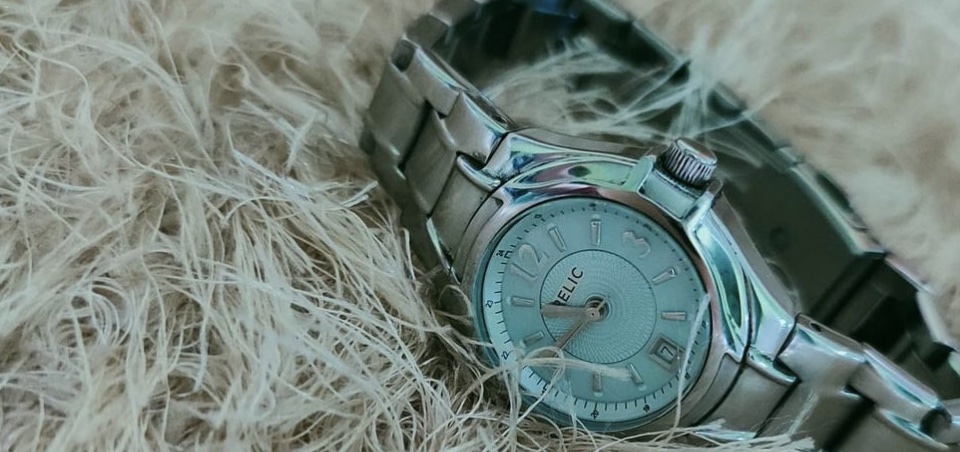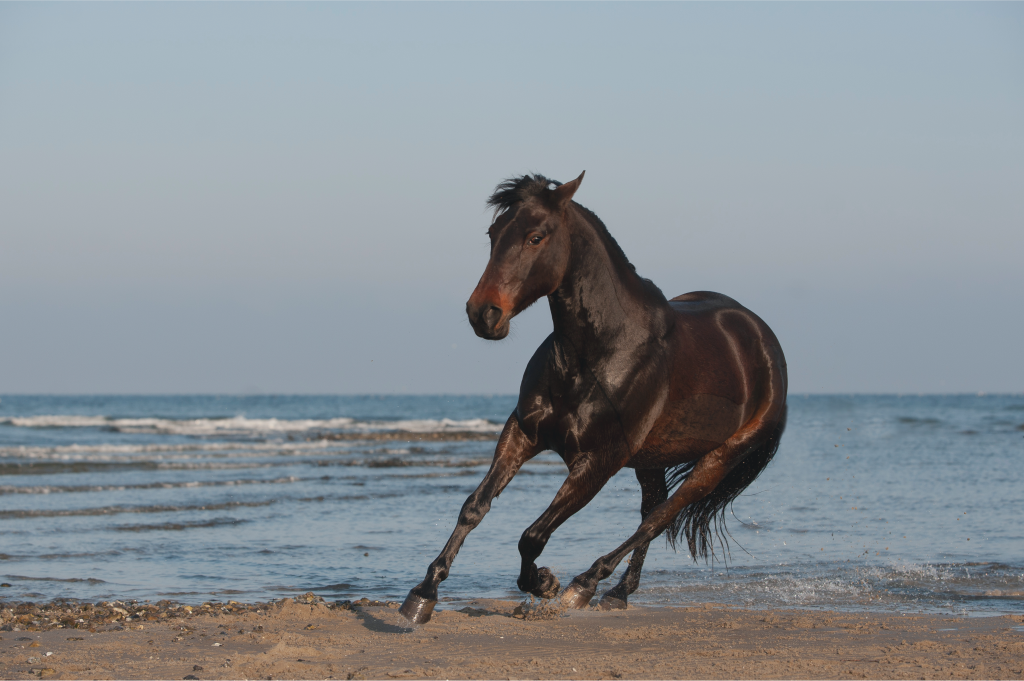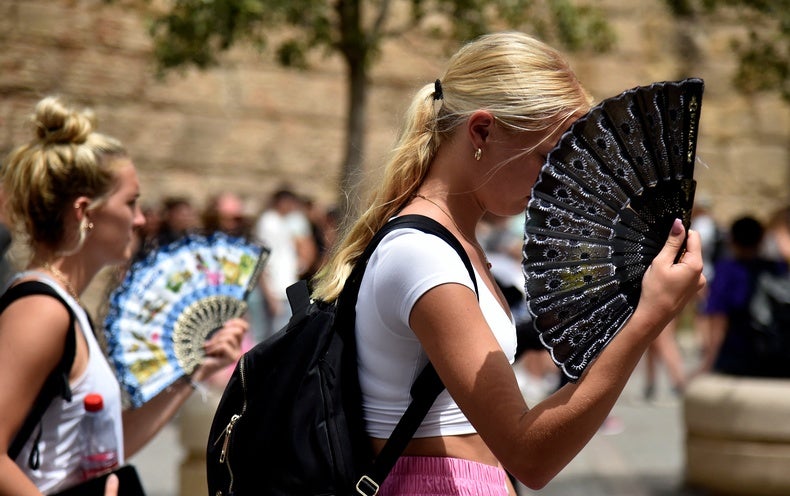
A monarch butterfly resting on a flower
Shutterstock/Shelly Jefferson Morton
Monarch butterflies with larger white spots on their wings are more successful at migrating long distances. It is unclear how these spots help the butterflies, but it is possible they create temperature differences across the insect’s large wings, reducing drag and helping them fly more efficiently.
Monarchs (Danaus plexippus) have an impressive migration by any standards, but especially for an insect that weighs scarcely more than a raindrop. Some populations travel up to 4000 kilometres from Canada and the US to the forested mountains of Mexico, where they settle in for winter hibernation.
Migratory monarchs have white spots framing their orange-and-black wings, while other closely related butterflies that don’t migrate lack them altogether. That led Andy Davis at the University of Georgia in the US and his colleagues to investigate what role the spots may be playing. “Everybody knows [monarchs] have spots, but it’s never been studied before,” says Davis. “No one knows anything about those spots.”
The researchers analysed images of more than 400 monarch wings in different stages of the insects’ fall migration from north to south. They predicted that butterflies with the most black on their wings would be most successful because they absorb more of the sun’s warming rays. But to their surprise, they found the opposite. The most successful migrants had around 3 per cent less black and 3 per cent more white on their wings.
“It’s hard to see with the naked eye, but for the monarchs, that might make the difference between failure and success during the long flight,” says Davis. “We were pretty shocked at that.”
They also examined monarch specimens from museums and compared them with six other closely related species, revealing that migratory monarchs have larger spots than their cousins that stay put year-round.
The researchers suspect that the white spots limit the absorption of sunlight and radiation. The resulting difference in temperature between light and dark areas of their wings could change how air flows in a way that reduces drag and boosts aerodynamics, though this has yet to be investigated. The spots may have cropped up as the insects evolved to migrate longer distances than their ancestors.
These ideas need to be put to the test, says Marcus Kronforst at the University of Chicago. “It opens up a whole new realm in the study of butterfly colour patterns,” he says.
Topics:























































